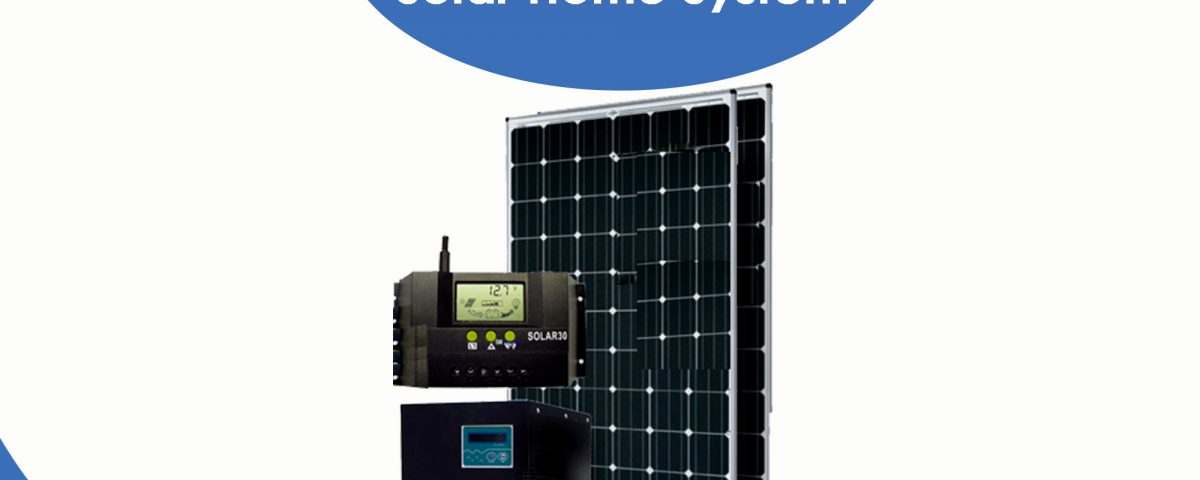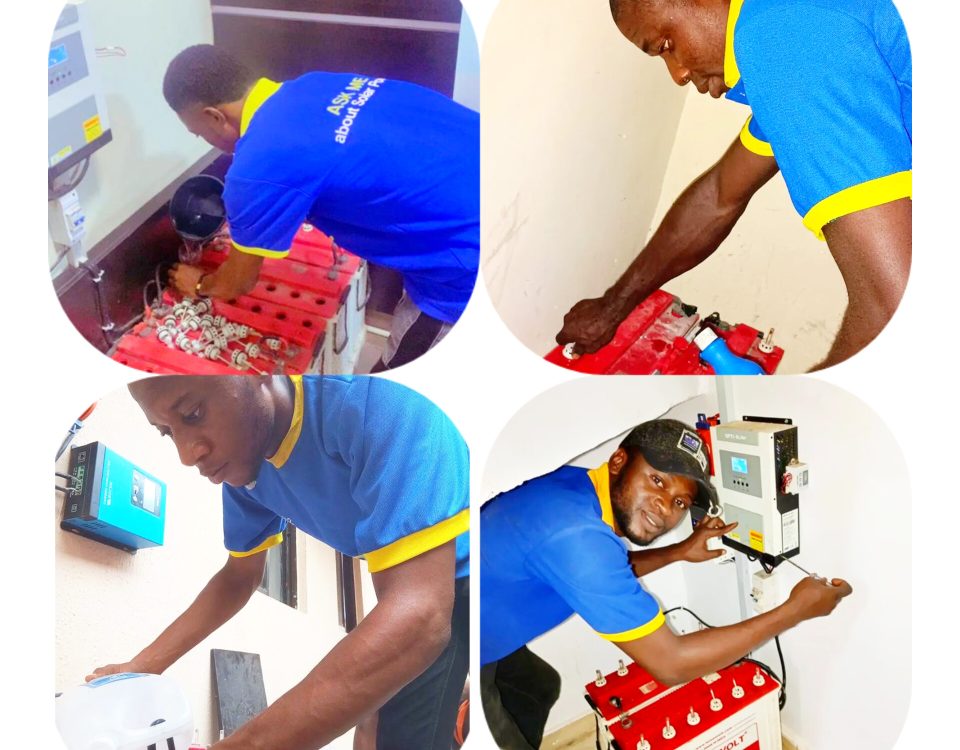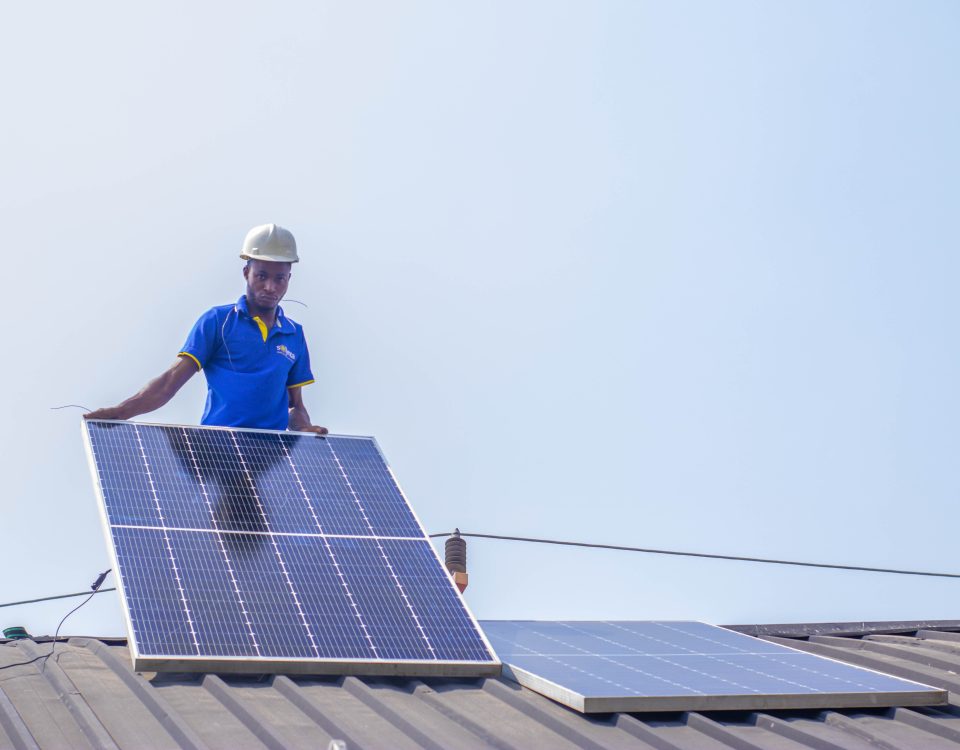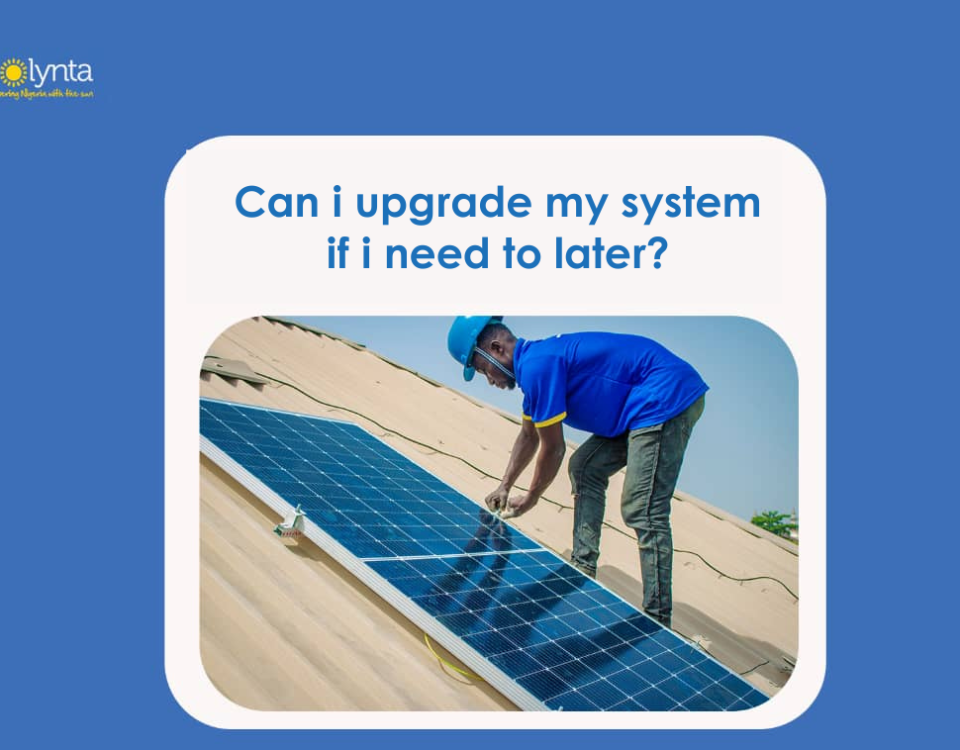Quick Guide To The 4 Components of a Solar Home System

National Grid No Longer Sustainable – Chairman NERC
2020-01-22
How Rising Electricity Costs Present Opportunity for Renewable Energy Sources.
2020-01-30When going solar one of the many questions we get is: ‘what will my solar home system come with?’ In this article we walk you through the key 4 components that a functioning system needs. We will discuss these in the order in which they are connected by your installer.
Thank you for reading this post, don't forget to subscribe!1. Solar Panels
The most easily recognisable part of a solar home system is the panels. The solar panels have photovoltaic cells that harness the sun’s energy to produce electricity. The flow of current is carried into your home via conventional wiring. The most common type of solar panels is polycrystalline panels. These are blue in colour, functional and affordable.
2. Charge Controllers
Less well known are the charge controllers. Charge controllers are the most critical element of a Solar Home System. Their purpose is to monitor and regulate the current that it being sent to the batteries. Essentially, they protect the batteries from overcharging or undercharging. Batteries that are overcharged have a reduced lifespan and in serious cases pose a safety risk.
3. Batteries
Batteries are the heart of your Solar Home System as they are needed to store the energy generated by your solar panels for use in the night when there is no sun. The ability of your battery to hold charge will decrease gradually the more you use your system. It is therefore important that you choose the right batteries if you do not want to contend with frequent power outages.
Lead Acid batteries are the most popular on the market as they are affordable, reliable and safe. A professional supplier will recommend a solar home system configuration with appropriate battery capacity and voltage. Most importantly, they should offer warranty and free maintenance. This is the firmest indication of a supplier who is invested in providing quality products.
4. Solar Power Inverter
Your solar panels produce direct current (DC) power however all your household appliances run on alternate current (AC). The role of the inverter is to convert DC power to AC power. An inverter should be sized directly in line with the capacity of the solar panels. Specialised inverter can draw power from the solar batteries and the grid depending on which source of power is available. This can be done without manual changeover.
Now you are more familiar with the parts of a solar home system you will see that the process of designing and setting up a system is not as easy as it may seem. The technical elements of the process require a qualified and reputable engineer/installer.
In additional to technical expertise, your Solar Home System installer should have the following.
• Significant Track record and Experience
• An Excellent Reputation in the Wider Solar Market
• Warranties and Maintenance On Offer
Speak to a solar installer today by clicking here.




